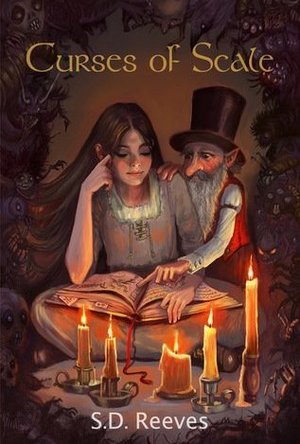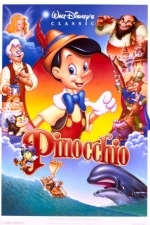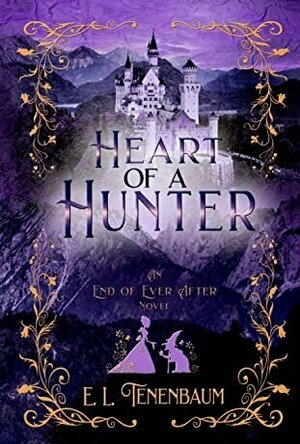Ivana A. | Diary of Difference (1171 KP) rated Curses of Scale in Books
Jan 25, 2019
A uniquely designed plot, intriguing and different. I was so excited to read this book. The cover was mesmerising and the synopsis was promising. It made me eager to start the book and I couldn’t wait to dive into this fantasy world.
The first couple of chapters were very slow for me. I had to re-read chapters twice, and I didn’t quite understand what is happening. After a while, things became clearer, and I started to enjoy the story a bit more.
I loved Niena’s character. She was a typical being, where one part gasps with bravery, and the rest gasps with fear. I loved how realistic she was at moments, knowing to be scared when supposed to, and fierce when needed of her.
The story gasps with a lot of intense scenes, full of adventures, that I am sure you will all love and appreciate. From trying to fight a dragon, to running away, to the amazing plot twist right at the very end, this book made me restless, after I started enjoying it.
The only reason I am taking two stars away is because I had to read the first 60-ish pages two-three times, until I finally dived in and started enjoying the story.
”A fairy bargain can live no deeper than your lips, it always dies before reaching the heart.”
A beautiful tale, full of magic, adventure and time travel. And a cover that suits it so well.
Matthew Krueger (10051 KP) rated Pinocchio (1940) in Movies
Dec 5, 2019
The Plot- When the woodworker Geppetto (Christian Rub) sees a falling star, he wishes that the puppet he just finished, Pinocchio (Dickie Jones), could become a real boy. In the night, the Blue Fairy (Evelyn Venable) grants Geppetto's wish and asks Jiminy Cricket (Cliff Edwards) to serve as the wooden boy's conscience. But the naive and trusting Pinocchio falls into the clutches of the wicked Honest John (Walter Catlett), who leads him astray to the sinful Pleasure Island.
Critical analysis of Pinocchio identifies it as a simple morality tale that teaches children of the benefits of hard work and conventional values. Although it became the first animated feature to win a competitive Academy Award – winning two for Best Music, Original Score and for Best Music, Original Song for "When You Wish Upon a Star" – it was initially a box office disaster, due to World War II. It eventually made a profit in its 1945 reissue, and is considered one of the greatest animated films ever made, with a 100% rating on the website Rotten Tomatoes.
All the songs are great and fanstastic, classics and you remember till this day. When You Wish Upon a Star, Little Wooden Head, Give A Little Whistle, Hi-Diddle-Dee-Dee and I've Got No Strings. All classics and all excellent.
A must watch film.
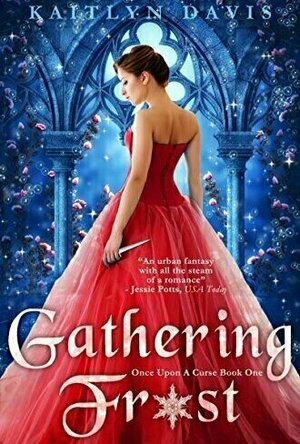
Gathering Frost (Once Upon a Curse, #1)
Book
Will the prince's kiss be enough to revive her frozen heart? Don't miss GATHERING FROST, a fantasy...
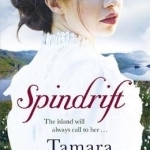
Spindrift
Book
An epic emotional journey about love and sacrifice set between the magical Isle of Skye and the...
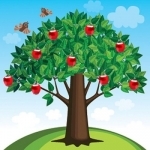
Apple Tree - Hangman For Kids
Games and Education
App
Apple Tree, a Hangman-like word game for kids, can now be enjoyed on your iPhone or the iPod Touch! ...
Merissa (13580 KP) rated Heart of a Hunter (End of Ever After #5) in Books
May 18, 2020
One thing I love about E.L. Tenenbaum's stories is how they all interact with each other. This is most definitely Daimyon and Lyla's story but you hear about Azahr and Kiara, Alex and Ella, and others are mentioned in passing. How she manages to keep it all straight, I'll never know but I admire it nevertheless.
The story itself was a brilliant one. I loved reading about Daimyon and his father. I was upset when the queen found out about Daimyon's betrayal and what she did next. I enjoyed reading about what he did for the next few years and the gifts he left. All in all, this was a great read that I thought finished off the series perfectly.
The only problem I have found with this book is I now have the incredible urge to re-read them all - starting from End of Ever After. I thoroughly enjoyed this instalment and have no hesitation in recommending it but PLEASE read it from the beginning. You will miss out on loads of fantastic fantasy if you don't.
* A copy of this book was provided to me with no requirements for a review. I voluntarily read this book, and the comments here are my honest opinion. *
Merissa
Archaeolibrarian - I Dig Good Books!

Billionaire Capitalist Tycoon
Games and Entertainment
App
Make money in the most awesome way possible- raking in billions at a time! Welcome to the world of...

The Beast (The Beast, #1)
Book
Dimitri Sokolov is a man scarred, physically and emotionally. From the rough streets of Moscow to...
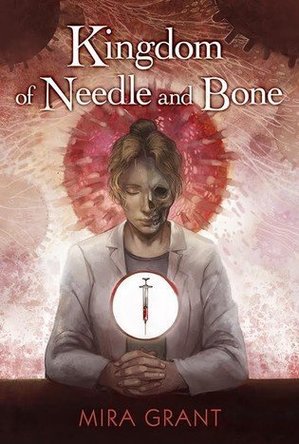
Kingdom of Needle and Bone
Book
We live in an age of wonders. Modern medicine has conquered or contained many of the diseases...
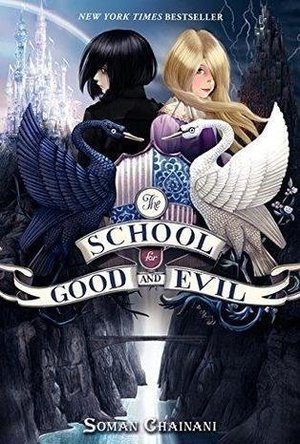
The School Of Good And Evil
Book
The first kidnappings happened two hundred years before. Some years it was two boys taken, some...
